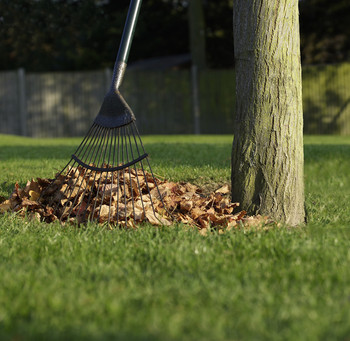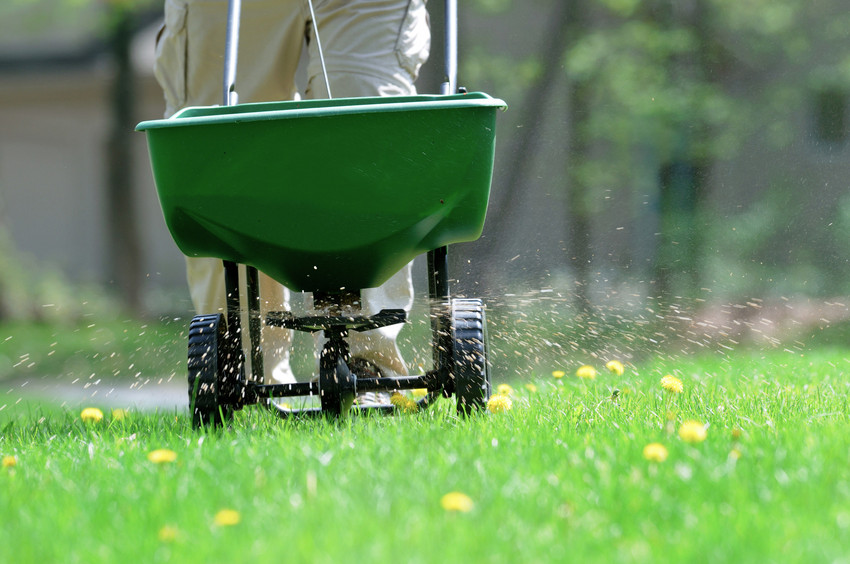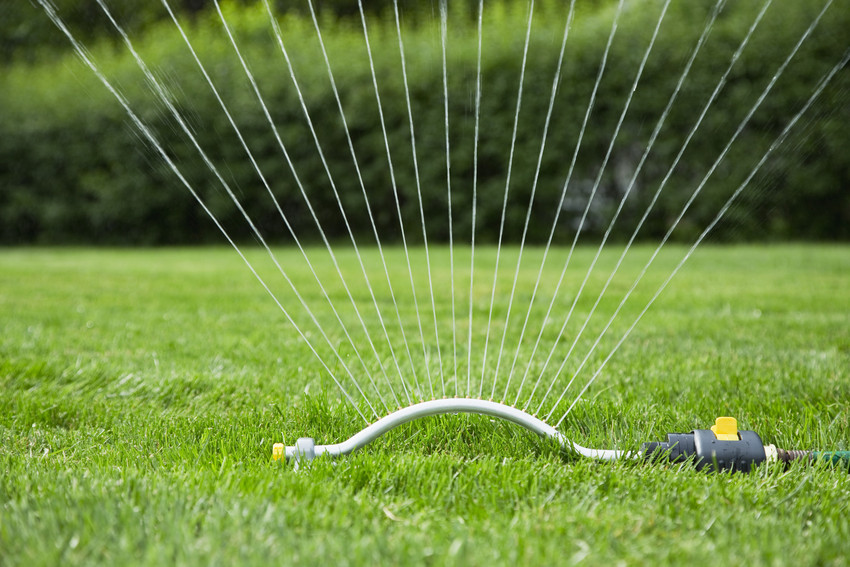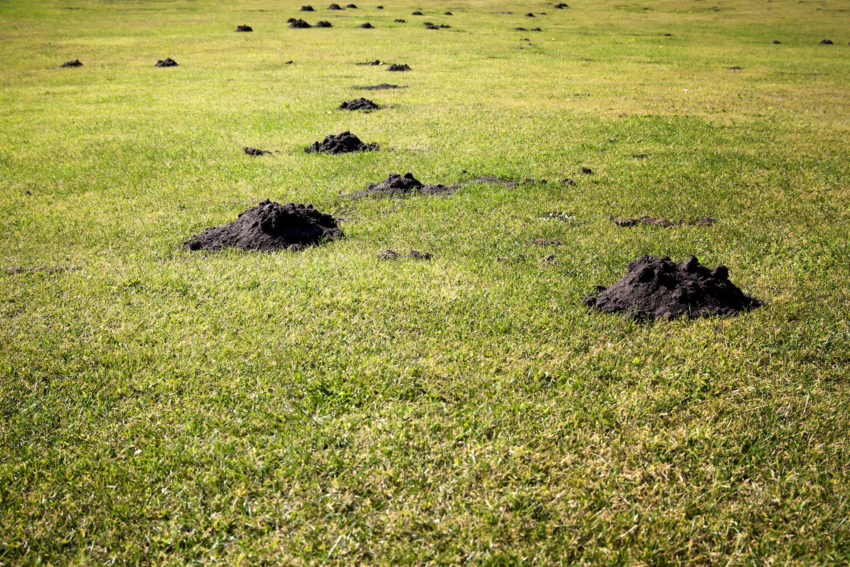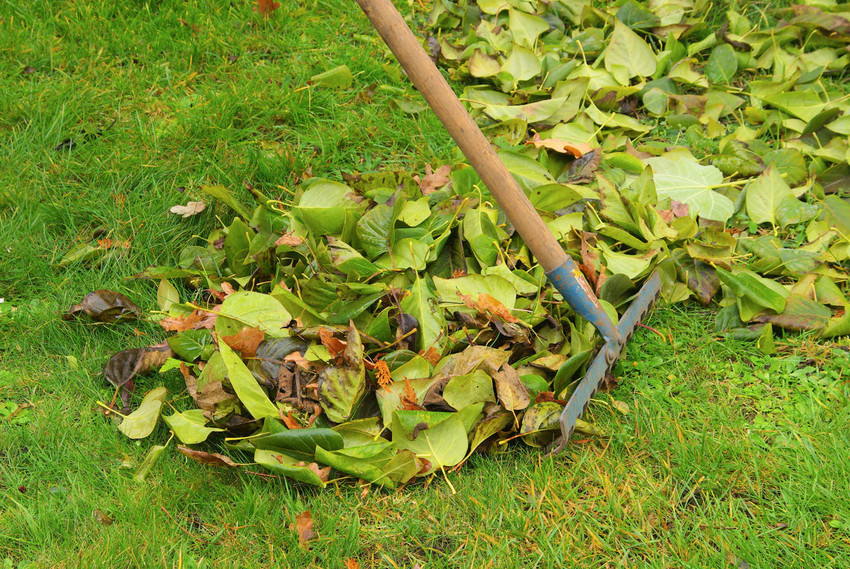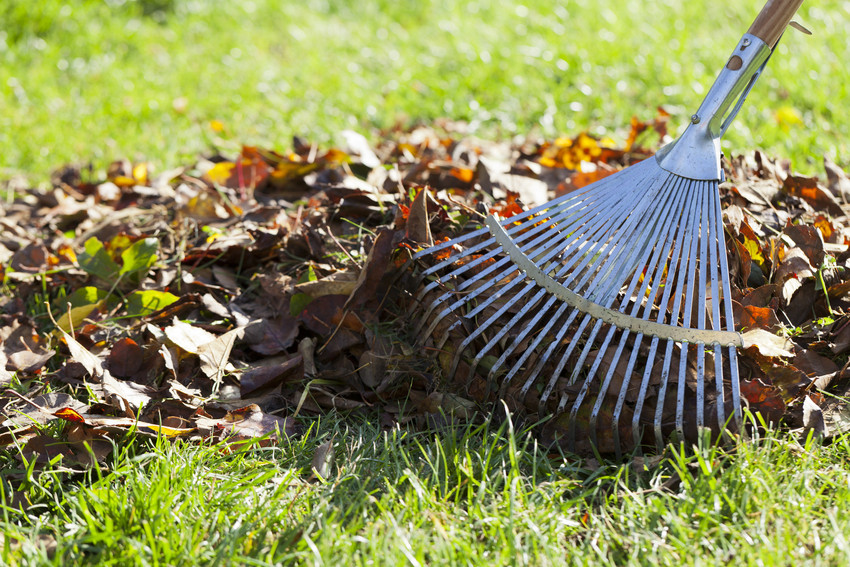March
March
If weather conditions allow give the lawn a good raking to clear any debris. A light rolling will also help firm the ground after winter frosts. March is also the first opportunity to mow your lawn. As a rule of thumb never remove more than 1/3 of the leaf height.
A couple of mows are usually sufficient in March but this may be governed by the weather. Avoid mowing low especially if frosts are still forecast as your lawn will turn an unsightly white or yellow. This is a good opportunity to look at the edges of your lawn and repair any damaged areas.
April
Time to feed (nitrogen) and weed your lawn, again this will depend on the weather – wait for it to be warm and for the grass to be growing. It is a good time to remove moss but remember to rake dead moss out after 2 weeks of using a moss killer – typically a lawn sand. Keep the lawn at roughly 1inch height, but do not remove more than 1/3 of the leaf as mowing lower could leave you exposed to late frost.
July
Continue to mow regularly as weather conditions dictate. If the weather comes dry it is beneficial to raise the height of your mower. Consider watering in the early morning or late afternoon it will give the best results if there is a prolonged dry period. Spike your lawn and keep it regularly trimmed.
August
This is holiday season it is beneficial if you can get your lawn mowed whilst you are away. If not, on your return remember to reduce the lawn slowly again as it will damage your lawn if you reduce the height quickly. Water is necessary and take the opportunity to kill any of the more resilient weeds. This is also the latest high nitrogen fertiliser should be applied.
September
This is possibly the most important month for lawn maintenance. Allow the height of your lawn to increase by 25% and mow accordingly to how fast the grass is still growing. This is a good opportunity to scarify your lawn in order to remove debris and thatch. This will encourage side shoots and allows the lawn to thicken.
Top dressing could be considered for the most avid gardener or if you have small lumps and bumps in the lawn. It will also improve the condition of your soil and thus your lawn if done regularly.
Easylawn are more than happy to advise you on any queries you may have relating to lawn turf.


